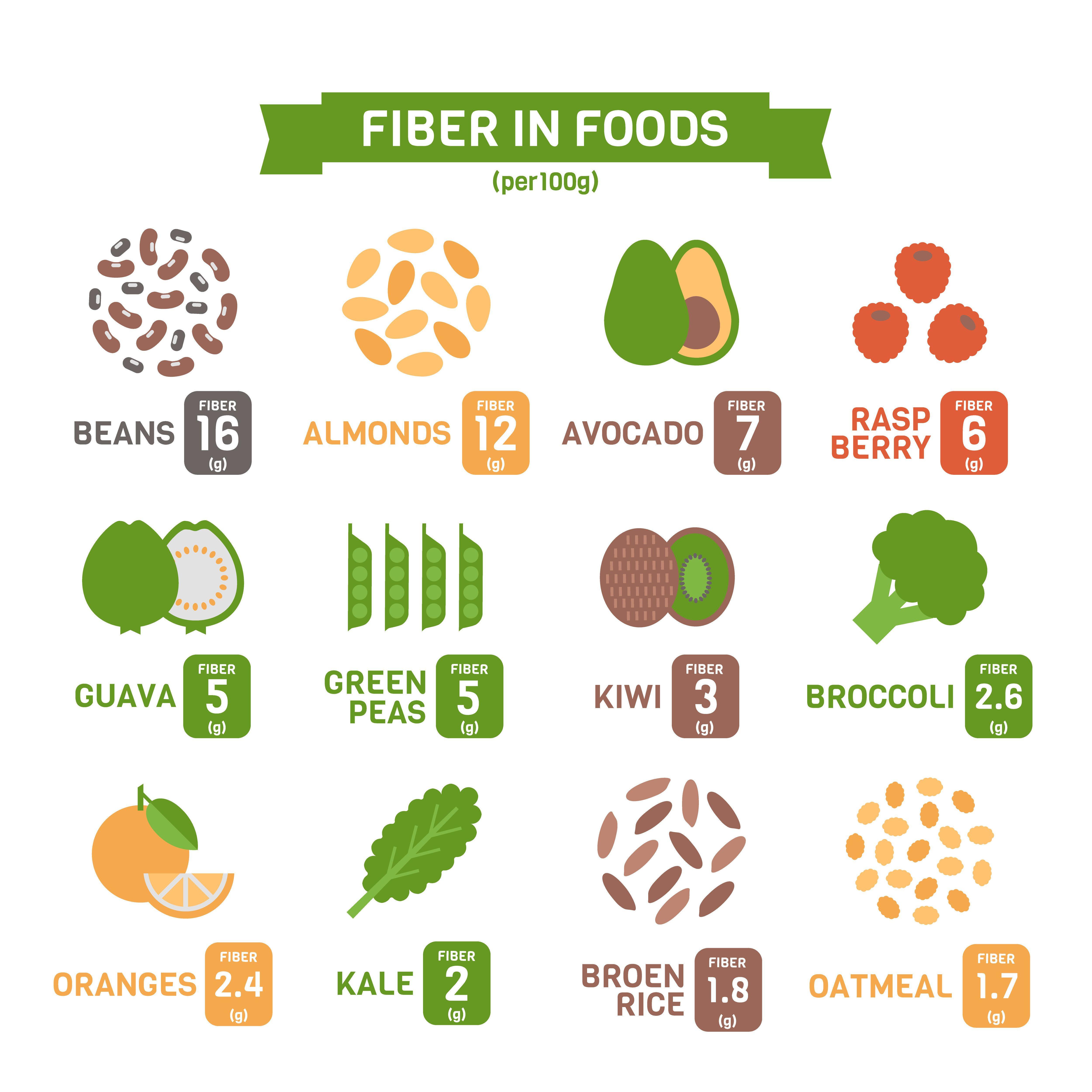In today’s fast-paced world, maintaining a balanced diet while avoiding the pitfalls of overeating can be a formidable challenge. With the abundance of tempting food options and the constant demands on our time, it’s all too easy to find ourselves eating more than we need. However, achieving satiety without succumbing to excess is not only possible but entirely within your grasp. By implementing a few strategic approaches, you can nourish your body effectively and sustain a feeling of fullness throughout the day. This article will guide you through the best strategies to stay full without overeating, empowering you to make mindful choices that promote both satisfaction and health. Whether you’re looking to manage your weight, boost your energy levels, or simply cultivate healthier eating habits, these expert-backed techniques will set you on the path to success.
Master the Art of Balanced Meal Composition
Creating a meal that satisfies your hunger while keeping your calorie intake in check involves a thoughtful combination of food groups. Incorporate a variety of macronutrients in each meal to ensure you feel full and nourished. Start with a lean protein source, such as chicken, tofu, or legumes, which helps to build muscle and curb appetite. Add a serving of complex carbohydrates like quinoa, brown rice, or sweet potatoes for sustained energy. Don’t forget to include healthy fats from sources like avocados, nuts, or olive oil to enhance flavor and satiety.
- Prioritize fiber-rich vegetables such as spinach, broccoli, and bell peppers to add volume and nutrients without excess calories.
- Stay hydrated by drinking water throughout the day, as thirst can often be mistaken for hunger.
- Mindful eating practices like chewing slowly and savoring each bite can prevent overeating and improve digestion.
By balancing these elements, you not only create meals that are satisfying and nutritionally complete, but you also train your body to recognize natural hunger cues, leading to more mindful eating habits.

Harness the Power of High-Fiber Foods
Integrating high-fiber foods into your diet is a smart strategy for maintaining satiety and curbing overeating. Fiber, an indigestible carbohydrate, expands in your stomach and slows digestion, keeping you feeling fuller for longer. To maximize these benefits, focus on incorporating a variety of fiber-rich foods into your daily meals.
- Whole Grains: Opt for whole grain options like quinoa, barley, and brown rice instead of refined grains.
- Fruits and Vegetables: Include fruits such as apples, berries, and pears, and vegetables like broccoli, carrots, and leafy greens.
- Legumes: Add beans, lentils, and chickpeas to your meals for a fiber boost.
- Nuts and Seeds: Snack on almonds, chia seeds, and flaxseeds to increase your fiber intake.
By diversifying your fiber sources, you’ll not only stay full but also enhance your overall nutritional profile, supporting digestive health and reducing the risk of chronic diseases. Remember, the key is consistency and variety.

Optimize Your Protein Intake for Lasting Satisfaction
To harness the full potential of protein for keeping hunger at bay, it’s essential to make strategic choices. Begin by prioritizing lean protein sources such as chicken breast, turkey, tofu, and fish. These options provide the necessary nutrients without the excess calories that can come with fattier cuts. Plant-based proteins like lentils, chickpeas, and quinoa are excellent for variety and are rich in fiber, which further enhances satiety.
- Timing Matters: Spread your protein intake evenly throughout the day. This ensures a constant supply of amino acids to fuel your body and helps maintain muscle mass.
- Pair Wisely: Combine proteins with high-fiber foods like vegetables or whole grains to slow digestion and prolong fullness.
- Snack Smart: Choose protein-rich snacks like Greek yogurt, nuts, or a boiled egg to curb hunger between meals.
By incorporating these strategies into your daily routine, you can enjoy a sense of fullness that naturally curbs the urge to overeat, all while providing your body with the essential nutrients it needs.

Implement Mindful Eating Techniques for Better Control
Engage in the art of mindful eating to harness a greater command over your dietary habits. Begin by savoring each bite, focusing on the flavors, textures, and aromas of your food. This practice not only enhances your dining experience but also allows your brain the necessary time to recognize fullness cues, preventing overeating. Integrate the following mindful eating techniques into your daily routine to foster a healthier relationship with food:
- Eat without distractions: Turn off the TV and put away your phone to concentrate fully on your meal.
- Chew thoroughly: Aim for at least 20-30 chews per bite, which aids digestion and prolongs the meal.
- Listen to your body: Recognize signs of hunger and satiety to eat when you’re truly hungry and stop when you’re comfortably full.
- Set the scene: Create a calming eating environment with pleasant lighting and a neatly set table to enhance focus and enjoyment.
By incorporating these practices, you not only gain better control over your eating habits but also nurture a more fulfilling and balanced lifestyle. Embrace the power of mindfulness to transform your relationship with food and promote a sense of well-being.
